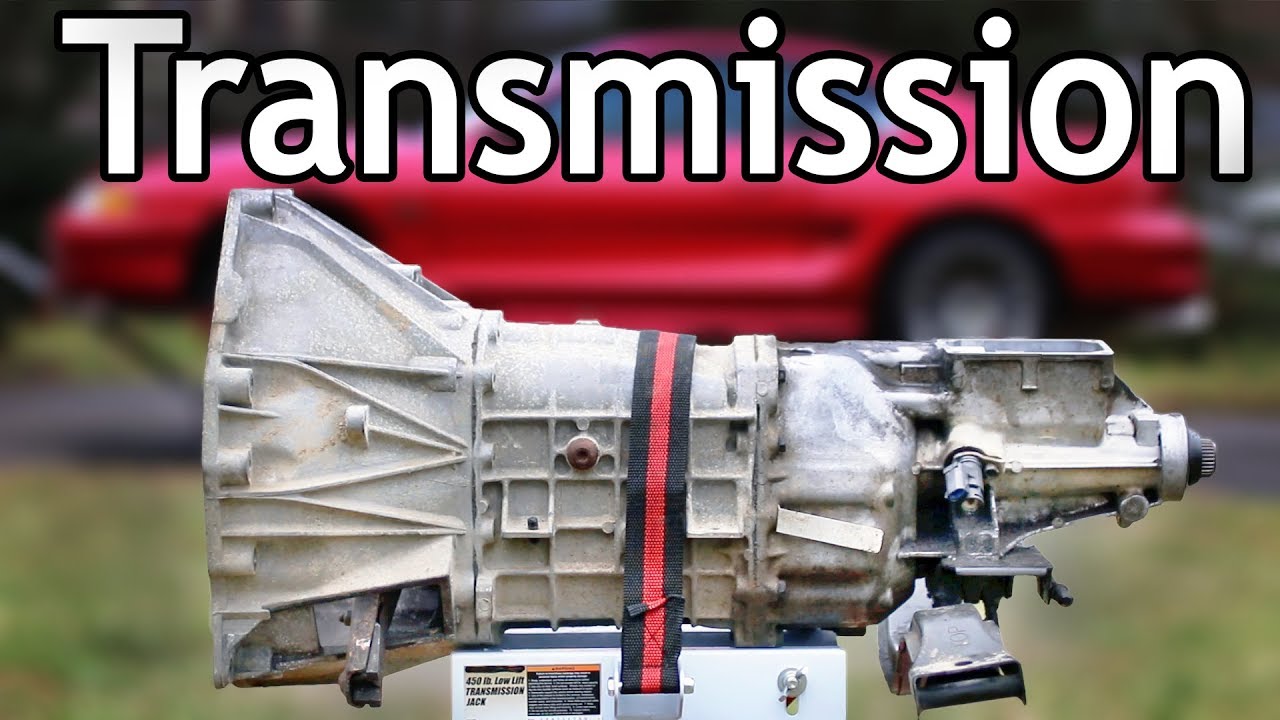When Do Transmissions Need To Be Replaced

Knowing when to replace your transmission is crucial for maintaining your vehicle's reliability and avoiding potentially catastrophic (and costly) breakdowns. Unlike engine components with more predictable lifespans, a transmission's longevity can vary significantly based on driving habits, maintenance, and the inherent design of the unit itself. This article will delve into the key indicators, contributing factors, and considerations for determining when a transmission replacement is necessary.
Warning Signs: Recognizing the Trouble
Early detection of transmission problems can often prevent a complete failure and potentially extend its lifespan with timely repairs. However, sometimes the damage is too extensive, necessitating a full replacement. Here are some common warning signs to watch out for:
- Slipping Gears: This is a classic symptom. When the transmission slips, the engine RPMs will increase without a corresponding increase in vehicle speed. This indicates that the clutches or bands inside the transmission are worn and unable to properly engage.
- Rough or Hard Shifting: If gear changes are accompanied by jarring or unusually harsh movements, it suggests problems with the valve body, solenoids, or internal components. A delayed engagement when shifting into drive or reverse is also a red flag.
- Unusual Noises: Whining, buzzing, or clunking sounds emanating from the transmission area are often indicative of worn bearings, damaged gears, or insufficient lubrication. These noises can change with speed or gear selection.
- Fluid Leaks: Transmission fluid, typically red or brownish (depending on age and condition), is essential for lubrication and hydraulic operation. Leaks deprive the transmission of vital fluid, leading to overheating and component damage. Low fluid levels can also cause shifting problems and eventual failure.
- Check Engine Light (CEL): Modern vehicles use sophisticated onboard diagnostics (OBD) systems. If the Transmission Control Module (TCM) detects a problem, it will often illuminate the CEL. Retrieve the diagnostic trouble codes (DTCs) using an OBD-II scanner. Common transmission-related codes often start with "P07..."
- Burning Smell: A burning smell, especially after hard driving, can indicate overheated transmission fluid. Overheating accelerates wear and tear and can lead to irreversible damage.
Factors Influencing Transmission Lifespan
Several factors can significantly impact how long a transmission will last. Understanding these can help you proactively maintain your vehicle and potentially prolong its life.
- Driving Habits: Aggressive driving, frequent towing, and stop-and-go traffic put extra strain on the transmission. Smooth acceleration and deceleration can significantly reduce wear.
- Maintenance: Regular transmission fluid changes are critical. Over time, the fluid degrades, losing its lubricating properties and becoming contaminated with debris. Following the manufacturer's recommended service intervals is crucial. Note that some transmissions are marketed as "filled for life" but even these benefit from fluid changes after a certain period, especially under heavy use.
- Vehicle Type and Usage: Heavy-duty vehicles, like trucks and SUVs used for towing or off-roading, generally have more robust transmissions. However, their demanding applications also necessitate more frequent maintenance. Similarly, delivery vehicles experience constant shifting, leading to increased wear and tear.
- Transmission Type: Automatic transmissions, CVTs (Continuously Variable Transmissions), and manual transmissions each have their unique failure modes and maintenance requirements. CVTs, while fuel-efficient, can be more sensitive to fluid contamination and require specialized service.
- Towing: Exceeding the manufacturer's recommended towing capacity puts immense stress on the transmission, often leading to premature failure. Always use the correct towing equipment and follow recommended speed limits.
Repair vs. Replacement: Making the Decision
When facing transmission problems, the decision between repair and replacement can be complex. Several factors should be considered:
- Severity of the Damage: Minor issues, such as a faulty solenoid or a leaking seal, can often be repaired relatively inexpensively. However, extensive damage to internal components, such as gears, clutches, or the valve body, may necessitate a replacement.
- Vehicle Age and Value: If the vehicle is old or has high mileage, the cost of a transmission replacement may exceed its value. In such cases, a repair or even selling the vehicle might be more economical options.
- Cost Comparison: Obtain quotes for both repair and replacement from reputable mechanics. Compare the cost of a rebuilt transmission, a new transmission, and the labor charges associated with each option. A rebuilt transmission can be a cost-effective solution, but ensure it comes with a warranty.
- Warranty: Check if your vehicle is still under warranty. A transmission replacement may be covered if the failure is due to a manufacturing defect. Also, consider the warranty offered on a rebuilt or new transmission – a longer warranty provides added peace of mind.
Ultimately, the best course of action depends on a careful assessment of the vehicle's condition, the severity of the transmission problem, and your budget. Consulting with a qualified and trusted mechanic is crucial to make an informed decision. Don't hesitate to get a second opinion.
